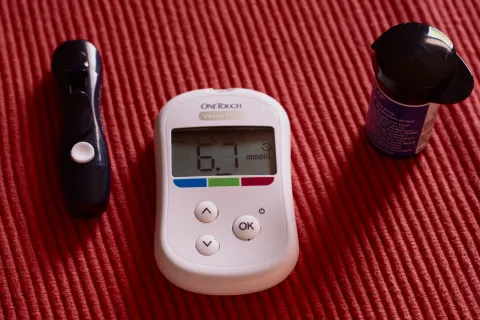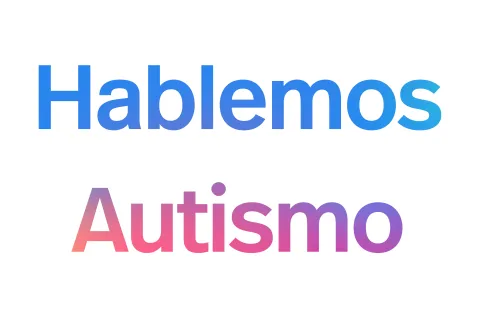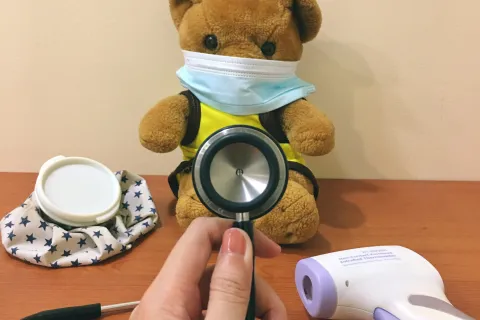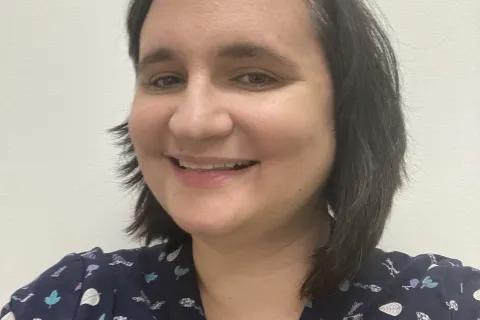How to handle clinical care during social distancing and school/program closures
March 17, 2020In addition to the many recreational activities being cancelled throughout the U.S., many school districts and businesses are also being scaled back to reduce the number of people congregating in one area. This allows for “social distancing,” or staying at least 6 feet away from others in public spaces.
The health care system is also adapting to social distancing. Many health services- including behavioral health – are moving to telemedicine for everything but emergency or crisis situations. This means that in-home behavioral health visits are also being limited to minimize contact among all of us in the population and save lives by preventing an overwhelming number of cases causing a shortage of resources.
This does mean that in-home services will be reduced significantly for virtually all children and adolescents with autism and other disabilities, for an indefinite period of time, perhaps even for several months.
Providers coming to homes may be as much of a risk to families as to their own households after circulating to homes throughout the community. Your local authorities may provide more detailed guidance to those service providers in the coming days.
To help prepare for this new situation:
- Call your service providers to ask about telehealth services. Find out if and how they are scheduling appointments for clinical care, whether for medical or behavioral health services, so that you know how to get one in the event that you need it.
- Arrange for alternative services, on a recurring basis if needed, if your provider is offering them. This may be a video-based telehealth visit, phone counseling or limited in-person visits.
- Create a patient portal account at your provider’s website if they offer it, and make sure your contact information is up to date. Many health systems use patient portals to send important updates, and most allow you to get non-urgent messages to your providers.
- Work with your providers to come up with a new routine that works for everyone in your family, including any other children and work situations. This may include setting a new schedule at home that follows the routine from school or adult care, or a routine that you typically follow when school or programs are closed for other emergencies like weather. Adapting to this new routine may take time for everyone.
You may also find the resources on our COVID-19 information page helpful during this difficult time. For any further help, contat the Autism Response Team by phone at 888-AUTISM2 or by email at help@autismspeaks.org.
Llame a nuestro Autism Response Team en Español: 1-888-772-9050 o envíe un correo electrónico a help@autismspeaks.org.








